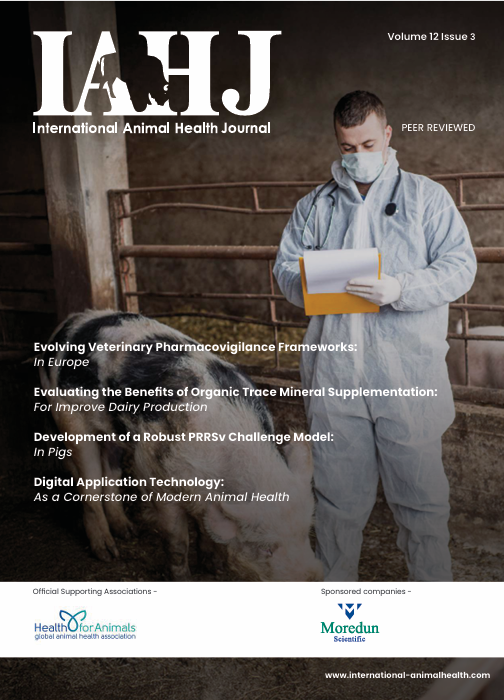We are all aware that calf scour can be a major problem for both dairy producers and beef suckler farmers. In this article, we will look at the 3 most important things to consider when attempting to lessen the impact of scour on our farms.
1. Causes of scour
2. Treatment of individual scouring calves
3. Prevention of scour
Causes of Scour
Calf scour is an infectious disease, meaning it is primarily caused by infection with one or more microorganisms (more accurately referred to as pathogens, which means ‘disease causing’). Nowadays we realise that in most cases of severe scour or outbreaks of scour, other factors are at play which reduce the ability of the calf to defend itself against the infection.
There are 4 commonly recognised pathogens which cause scour. In order of how frequently they are isolated from scour samples in the laboratory, these are:
1. Cryptosporidium – a single-celled parasite, found in around 45% of diagnosed cases
2. Rotavirus – around 40%
3. Coronavirus – approximately 10% of isolates
4. Enterotoxigenic E. coli – a specific scour-causing bacteria, around 5%
All of these pathogens are ingested into the gut when the calf consumes material contaminated with infected dung. In the gut, these pathogens multiply and attack the cells lining the small intestine. The damage caused to the digestive processes results in the leakage of fluid into the gut and the impaired digestion of milk. The faeces become watery and the calf develops diarrhoea, becoming dehydrated and weak. The original source of the infections is often the dung of adult cattle, as these animals carry the pathogens in their gut without experiencing any ill-effects due to the strength of their fully developed immune system. It is when hygiene breaks down and too many pathogens infect newborn calves that serious scour problems occur.
In all cases the pathogens multiply inside the gut and are released in vast numbers in the diarrhoea. The infection spreads when healthy calves have direct contact with scouring calves, are fed from contaminated buckets, or lick bars, walls and bedding which have been scoured upon. Severe cases/outbreaks of scour often involve more than one of these pathogens, with Rotavirus and Cryptosporidium commonly found together.
Calves are exposed to these pathogens from birth, usually ingesting them in the first few days of life. An incubation period of a 2–4 days means that we usually see calves with clinical scour from about 5 days of age through to about 14 days. This varies a little from one pathogen to another but because there is so much overlap it is impossible to tell which pathogen is the problem without laboratory testing of a fresh sample of the diarrhoea (less than 24 hrs established).
E. coli is an exception to this as most cases will be in calves less than 3 days of age.
Treatment of the Scouring Calf
The impaired ability of the calf to digest milk and the loss of fluid in the diarrhoea has 3 main effects on the calf.
1. Dehydration
2. Acidosis: excess acid in the blood
3. Weakness and weight loss
These symptoms combine to produce the clinical picture we see in the typical scour case. The calf is dull, slow to rise and doesn’t stretch, has a poor or non-existent appetite and rapidly becomes empty-looking and thin.
At the first sign of diarrhoea, even if the calf appears quite bright initially, it should be offered 2 litres of Oral Rehydration Solution (ORS) twice daily in addition to its milk feed (we no longer withhold milk from scouring calves – this has been shown to be very harmful as it only increases the energy deficit).













